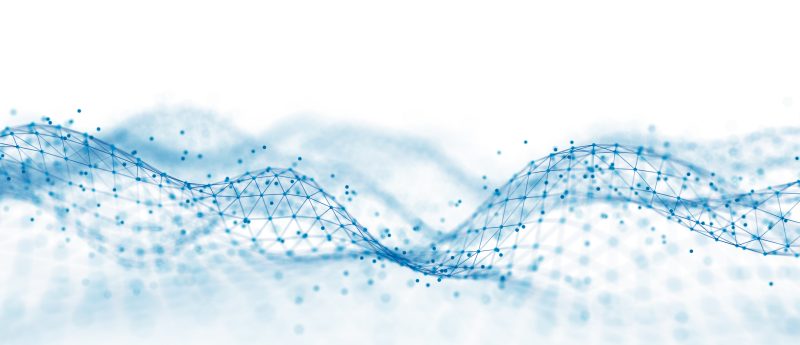Ask the Editor: lipidomics FAQ

What is lipidomics?
The field of lipidomics encompasses the complex analysis of lipidomes, the complete lipid profiles within given cells, tissues, organisms or ecosystems. Lipidomics also investigates the interactions of lipids or lipidomes with other molecules (e.g. proteins, metabolites, glycans or other lipids).
What technologies or techniques are involved in lipidomics?
Various analytical techniques are used in lipidomic measurements including:
Mass spectrometry (MS):
An analytical technique that ionizes chemical species and sorts the ions based on their mass-to-charge ratio.
- Lipidomic MS measurements can be performed either with or without a chromatography separation.
- Shotgun-MS: Shotgun lipidomics is when lipids are directly infused into the mass spectrometer with no separation prior to their introduction
- Chromatography-MS: Both gas and liquid chromatography can be coupled with MS for more specific lipid measurements. Gas chromatography is often used for fatty acyl separations and liquid chromatography is utilized to distinguish the larger more complex lipids.
- Ion mobility spectrometry-MS: Ion Mobility Spectrometry (IMS) is a widely used and ‘well-known’ technique of ion separation in gaseous phase based on the differences of ion mobilities under an electric field [1]. In lipidomics, IMS can be coupled with MS to separate the lipid isomers.
NMR:
Determines magnetic moments of nuclei by subjecting a substance to high-frequency radiation and a large magnetic field [2].
Florescent imaging:
The visualization of fluorescent dyes or proteins as labels for molecular processes or structures [3].
Gas and liquid chromatography:
Both gas and liquid chromatography can be used without MS for lipid separations. Gas chromatography is often used for fatty acyl separations and liquid chromatography is utilized to distinguish the larger more complex lipids.
What are the main challenges in lipidomics?
In lipidomics, there are a large number of isobaric molecular species (compounds with identical molecular formula and weight but different spatial configurations). Some species are also iso-elemental, in that they share identical elemental compositions but are different chemical species.
Due to high similarity between species, there is a high level of spectral overlap, which cannot be resolved simply by high-resolution technologies. The development of new and appropriate technology is difficult and time consuming and the introduction of new technologies into the laboratory can be a challenge in itself.
To find out more about the investment and introduction of emerging technologies, click here.
What conditions can be studied using lipidomics?
Lipid imbalance is associated with diseases such as obesity, atherosclerosis, obesity and Alzheimer’s, but lipidomics can also be used to study cancer, neuropsychiatric diseases, cardiovascular diseases, kidney diseases and respiratory diseases. The identification of metabolic biomarkers in these conditions is important in identifying, managing and treating each disease [4].
References:
[1] Cumeras R, Figueras E, Davis CE, Baumbach JI and Gracia I. Review on ion-mobility spectrometry. Part 1: current instrumentation. Analyst. 140(5): 1376–1390 (2015)
[2] Collins Dictionary. www.collinsdictionary.com/dictionary/english/nuclear-magnetic-resonance
[3] Nature. www.nature.com/subjects/fluorescence-imaging
[4] Zhao YY, Cheng XL, Lin RC. Lipidomics applications for discovering biomarkers of diseases in clinical chemistry. Int Rev Cell Mol Biol. 313: 1–26 (2014)
Acknowledgements:
Bioanalysis Zone would like to thank Dr Erin Baker (Pacific Northwest National Laboratory; WA, USA) for her help in writing this article.






